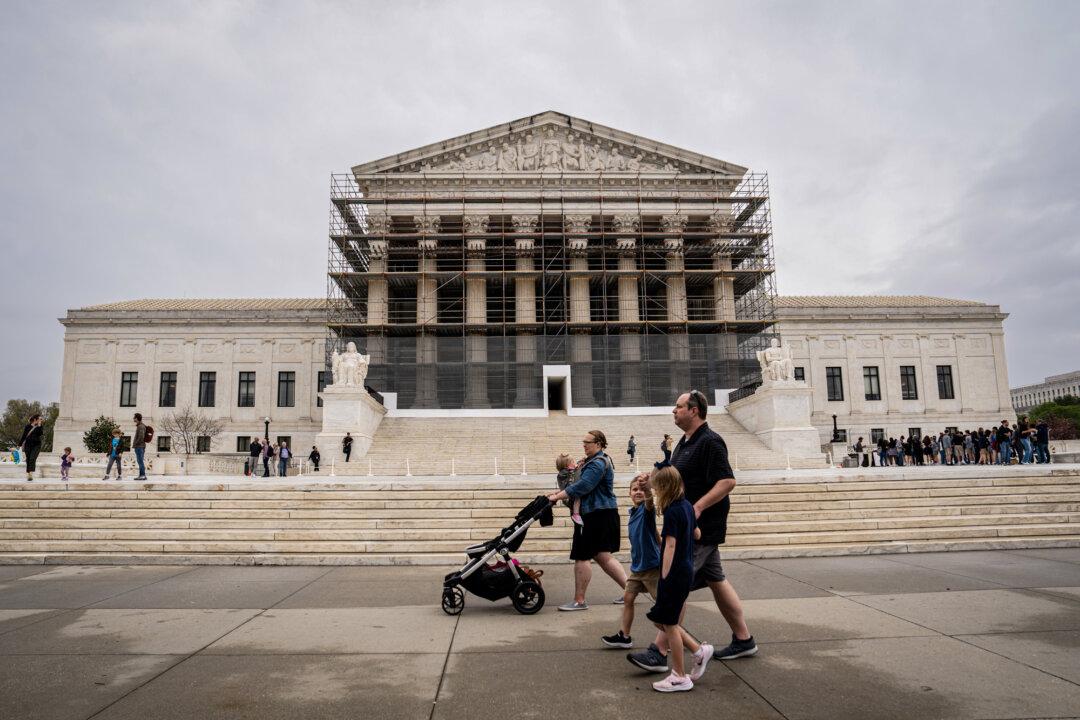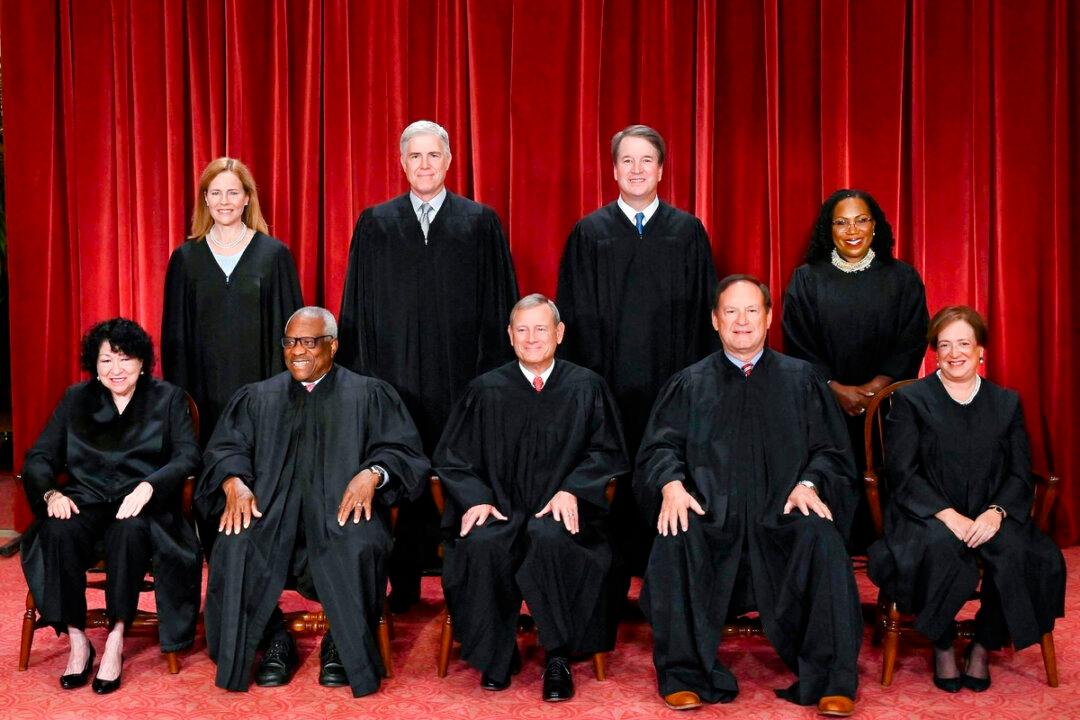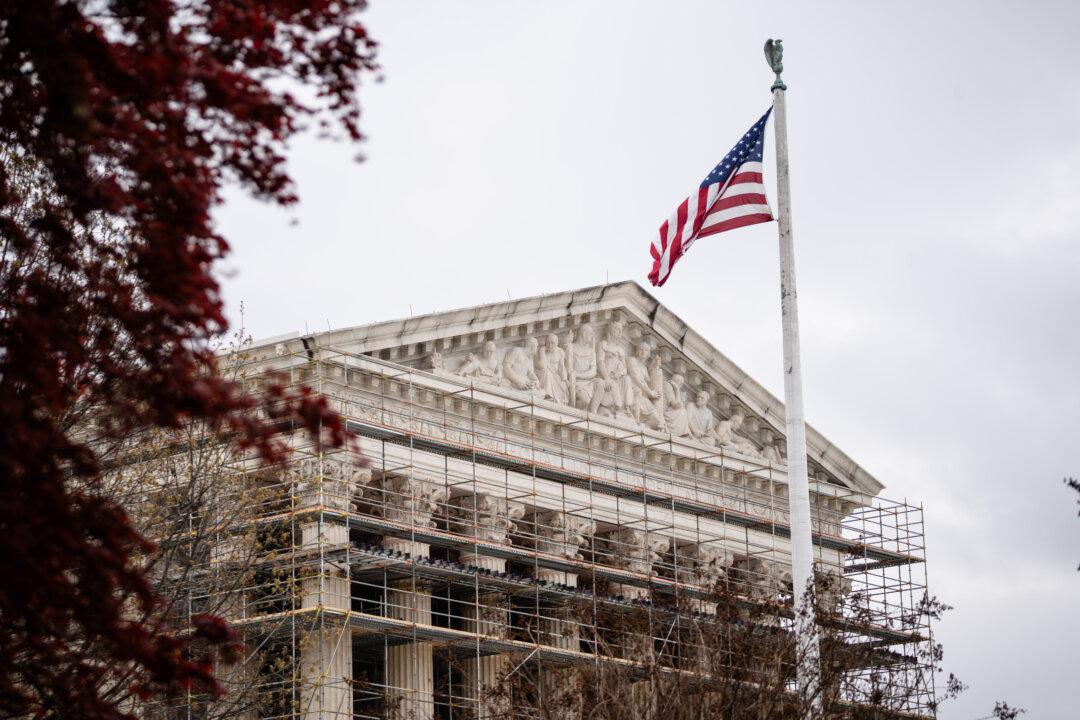The U.S. Supreme Court decided Jan. 13 against hearing an appeal in a racial gerrymandering case where North Dakota took the unusual step of asking the justices to reconsider its own lower court victory.
A gerrymander is the political manipulation of the boundaries of an electoral district to favor a political party or group. Race-based gerrymanders have been struck down by the Supreme Court on constitutional grounds.
The North Dakota Legislative Assembly passed a state-level redistricting plan in 2021 after the 2020 Census. The plan bisected two existing two-member districts in the state House of Representatives to create two new Native American-majority subdistricts that would each be represented by a single member. The new political subdivisions include Indian reservations. Supporters of the plan said putting tribal members in the new subdistricts improves the chances of electing tribal members.
Two Republican-affiliated voters challenged the plan, arguing it amounted to unconstitutional racial gerrymandering.
The lead appellant in the Supreme Court appeal, Charles Walen, became a Republican state senator representing North Dakota Senate District 4 on Dec. 1, 2024. The other appellant, Paul Henderson, is active in the state GOP.
At trial, the voters argued the subdistricts were forbidden by the Equal Protection Clause of the 14th Amendment. The reason, they said, was that race was relied on as the predominant factor in the boundary-drawing exercise and that there was no compelling state interest justifying the reliance on race. They also said the state did not carry out a proper analysis of racial voting patterns to justify its position on the redistricting.
Lower Court Rejects Challenge
In November 2023, a three-judge panel of the U.S. District Court for the District of North Dakota ruled for the state and the tribe, finding “that the State’s actions to draw the subdistricts in districts 4 and 9 satisfy strict scrutiny.”Courts use the strict scrutiny test when reviewing legislative or executive branch enactments that infringe on constitutional rights. A government interest is deemed compelling, and therefore in satisfaction of the test, when it is essential or necessary, as opposed to a matter of preference, choice, or discretion.
“The undisputed record shows the Legislative Assembly did perform a contemplative and thorough pre-enactment analysis as to whether the subdistricts were required by the VRA and whether Native American voters would have a viable Section 2 claim without the subdistricts.”
They argued that the district court “ignored evidence that District 9 was already majority-Native-American and electing a tribe member without subdistricting.”
Burgum Asks Supreme Court to Revisit Case
In May 2024, then-Gov. Doug Burgum filed a reply brief with the Supreme Court arguing that, “As a matter of first principles, the State is unable to defend the basis” for the district court’s ruling, specifically, its assumption that attempting to comply with the VRA justifies racial discrimination.The term of Burgum, a Republican, ended on Dec. 15, 2024. President-elect Donald Trump, who will be inaugurated on Jan. 20, has nominated Burgum to be secretary of the interior. Burgum was succeeded as governor by Kelly Armstrong, also a Republican.
Burgum urged the Supreme Court to “reexamine the foundation” of the district court’s “assumption.”
He asked the Supreme Court to vacate the panel’s decision and “make clear that a state’s attempted compliance with Section 2 of the VRA cannot provide a compelling justification for making race the predominate consideration in the design of an election map.”
Burgum also asked the high court to remand the case to the panel for further proceedings at which the state would argue that race was not the predominant consideration used in drafting the redistricting plan.
But the state will not be invited to present that argument to the district court because in its new ruling, the Supreme Court dismissed the appeal as to Subdistrict 9A, which was carved out of District 9, and affirmed the district court’s ruling as to Subdistrict 4A, which was crafted from District 4.
Subdistrict 4A is currently represented by Rep. Lisa Finley-Deville, a Democrat. She is an Indian who belongs to the Mandan, Hidatsa, and Arikara Nation.
Subdistrict 9A is now represented by Rep. Jayme Davis, a Democrat. She is an Indian who belongs to the Turtle Mountain Band of Chippewa Indians.
Walen told The Epoch Times he was disappointed by the Supreme Court’s ruling.
Because the Supreme Court decided against returning the case to the district court for reconsideration, the legal clarifications that the appellants and 14 intervening states wanted in order “to prevent future issues” will not be provided, he said.
If the justices had remanded to the district court, relevant evidence would have been put on the record that state lawmakers did not have when they “created the racially gerrymandered subdistricts in Districts 4 and 9 [that are] counter to the Equal Protection Clause of the U.S. Constitution,” he said.
Walen said that elections in District 9 “have been won by tribal members for 30 years.”
“Subdistricts discriminate against both tribal and non-tribal members by limiting them to one House member—all other citizens vote for two and have representation of two House members,” the state senator said.
Armstrong’s communications director, Mike Nowatzki, told The Epoch Times the governor “respects the Supreme Court’s opinion.”
The Epoch Times reached out to the U.S. Department of Justice for comment. No reply was received by publication time.







